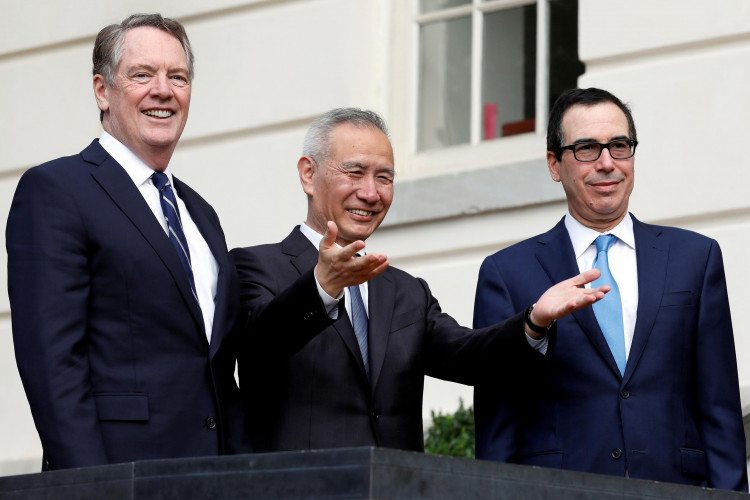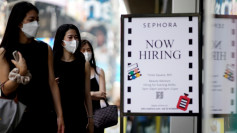China is calling on President Donald Trump not only to eliminate a round of tariffs scheduled for mid-December but also to lift another substantial round of sanctions.
This, as Chinese President Xi Jinping considers a visit to the United States to sign a "phase one" trade agreement, people with knowledge of the internal discussions, disclosed.
Beijing is engaged in a "full-court press" to remove tariffs in exchange for agreeing to buy up to $50 billion worth of U.S. farm goods in two years and implement commitments to open up its financial services sector and increase protection of intellectual property, sources said.
Right now, the assumption is that reaching a phase one deal will eliminate a tariff of 15 percent, which is expected to hit Chinese goods worth about $160 billion. That penalty tranche would have hit a variety of consumer goods including smartphones and laptops.
Beijing is also pushing the U.S. to remove a tariff of 15 percent that was imposed on Sept. 1 on Chinese goods worth about $112 billion, but no decision has been made, the sources said.
China is also very eager to have a 25 percent tariff scrapped, or at least cut in half, on an estimated $250 billion worth of Chinese goods, although this is not likely to be part of an agreement right now, reports said.
Trump has already agreed to suspend on Oct. 15 a planned tariff increase to 30 percent.
Currently, U.S. officials are struggling to ensure that China lives up to its side of the deal. The main enforcement mechanism being considered is that it is possible to re-impose all tariffs, said one of the people.
Trump said on Sunday that a deal will be reached in the U.S. and recently floated the idea of welcoming Xi to Iowa, a large farm-state ravaged by the retaliatory tariffs on U.S. soybeans, pork and other agricultural commodities from China.
US Secretary of Commerce Wilbur Ross, who is not playing a key role in the talks, said that Hawaii and Alaska were also presented as places to sign an agreement.
According to a top White House official, the agreement is nearly there, but talks continue to get China to address policies that force foreign firms to transfer their technology to do business there and protect intellectual property.
China may still decide to sign an agreement outside either the U.S. or on its soil. Trump said the preliminary agreement will cover 60 percent of the two countries' outstanding issues.
A phone call over the weekend among US Treasury Secretary Steven Mnuchin, Chinese Vice Premier Liu He, and US Trade Representative Robert Lighthizer had resulted in a "consensus on principles", reports said.
Phase two of the negotiations would address more of the so-called structural issues, such as Chinese state subsidies for their industries and other technology transfer issues that have not been resolved in the first round of talks.






